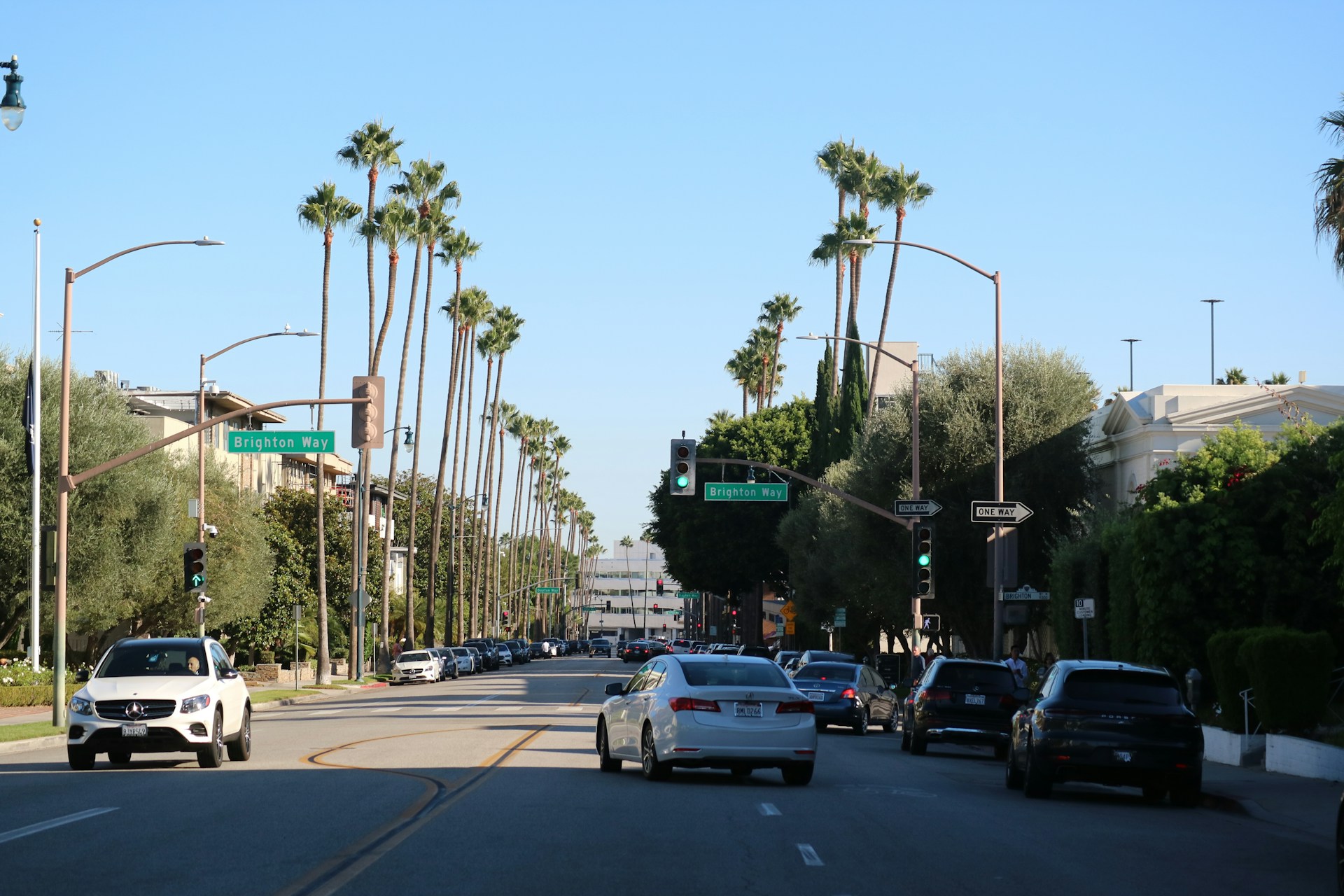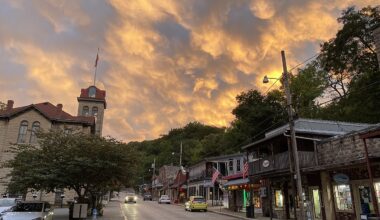Talk to long haul drivers and a pattern appears. Certain metros combine worn pavement, short merges, missing shoulders, and habits that punish hesitation. Work zones move daily, ramps fork late, and weather or events flip conditions in minutes. Truckers describe corridors where a missed sign becomes a mile of blind lane changes, and a shoulder feels tighter than the mirror suggests. The goal is not fear. It is clarity about where alert choices buy the most safety for everyone sharing the road.
Memphis, Tennessee
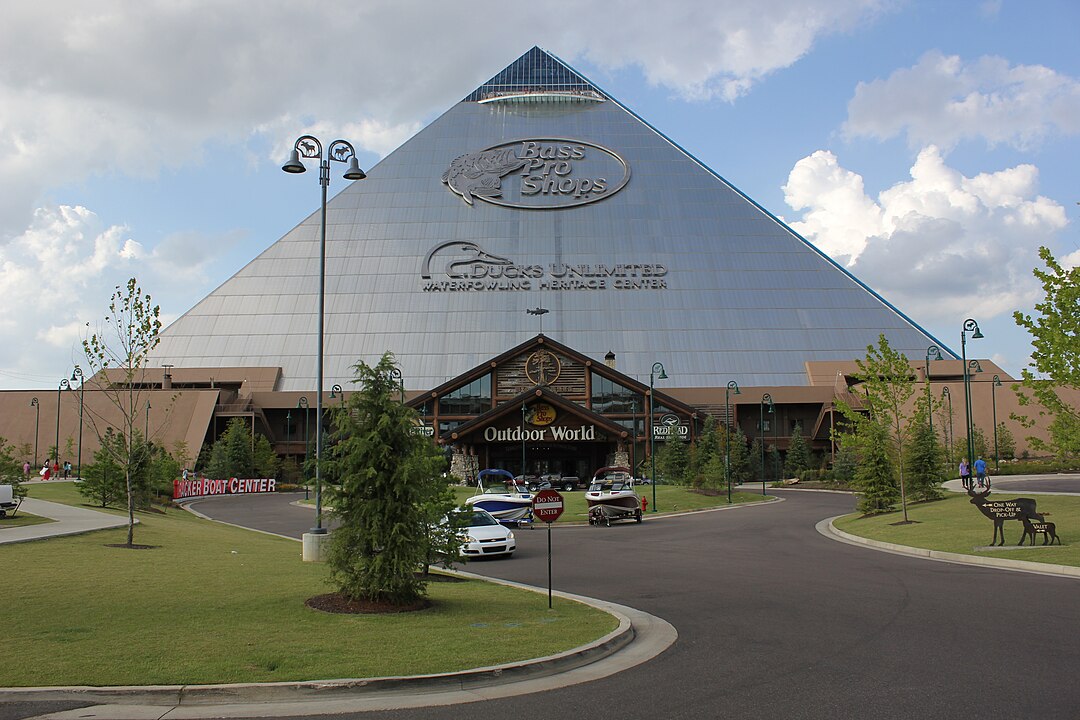
Memphis braids I-40, I-55, and I-240 around river bridges, rail yards, and short ramps that force heavy trucks into quick decisions. Night runs meet dark spans, polished lanes, and late merges near construction. Summer downpours turn the deck slick, and signal timing at surface crossroads encourages risky sprints through yellow. Detours around the river crossing split convoys and compress lanes with little warning. The city rewards early lane choice, long gaps, and a calm exit plan two moves ahead.
Albuquerque, New Mexico
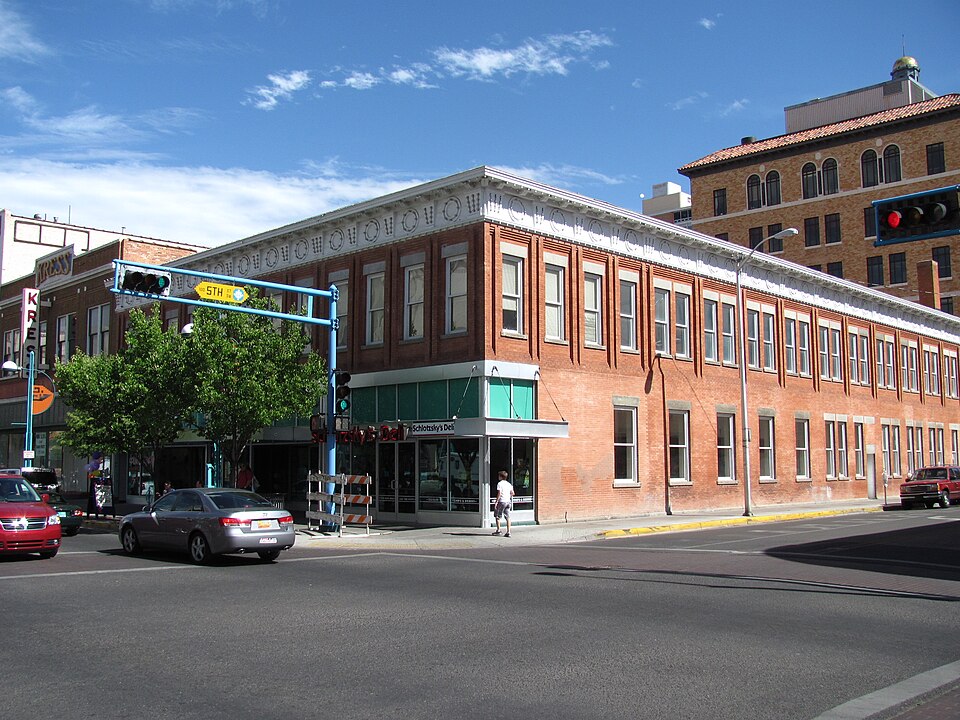
Albuquerque’s crossroads at I-40 and I-25 mix wide open desert speeds with abrupt lane drops near frontage roads. Crosswinds shove trailers, then canyon walls funnel gusts into town just as exits appear. Evening glare on east–west stretches hides brake lights, and quick darts from service roads cut gaps to nothing. Pedestrian exposure stays high along busy arterials at dusk. The day goes best when spacing is generous, buffer targets are firm, and alternate ramps sit pinned on the map.
Detroit, Michigan
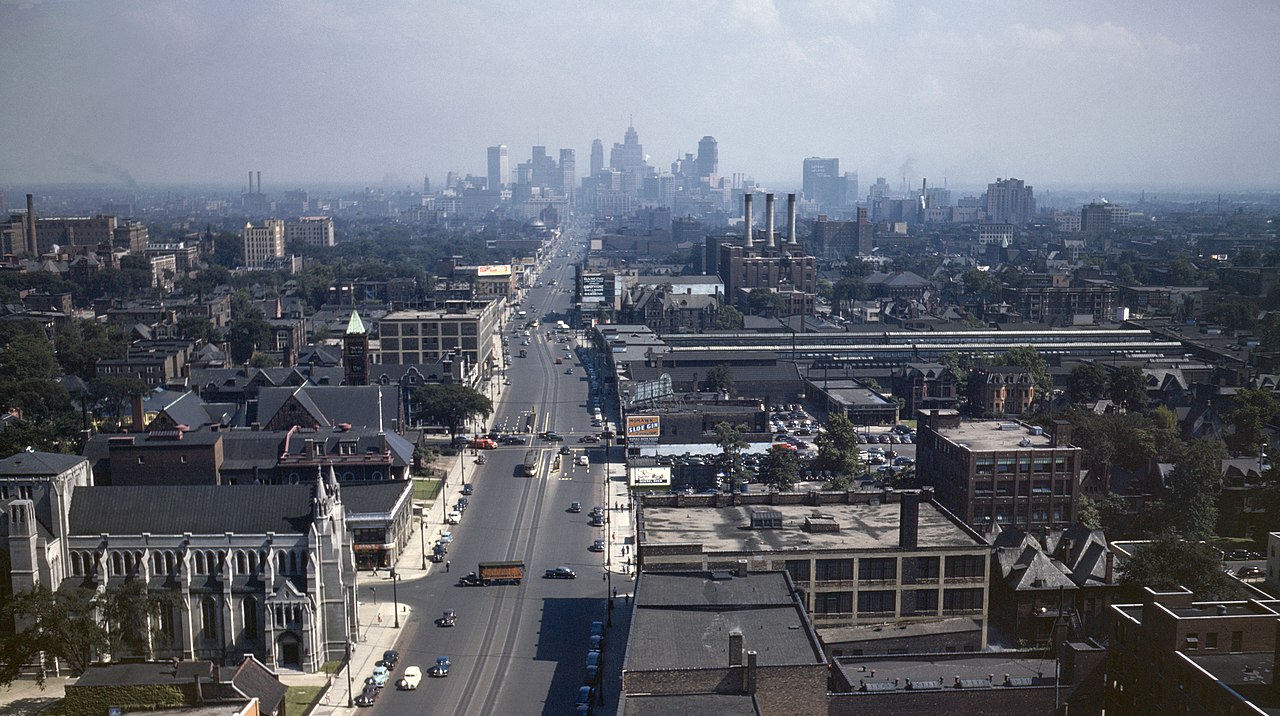
Detroit can switch from new concrete to broken seams in a single ramp. Left exits on I-94 and tight runs near I-75 collide with migrating work zones and game day pulses. Lake effect squalls glaze bridges and bury lane paint by afternoon. Aggressive last second cuts to downtown ramps are common when signs crowd the skyline. Veteran drivers pace the field, add mirrors to the rhythm, and protect escape lanes when the lighting goes flat and the stripes fade.
Phoenix, Arizona
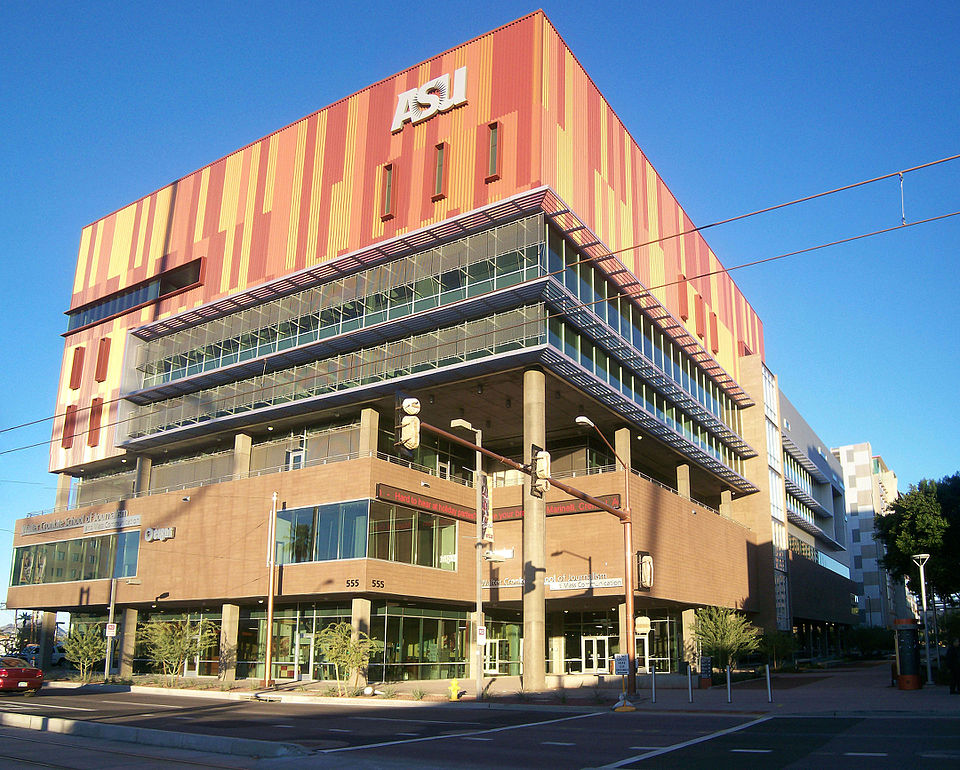
Phoenix rewards speed until it punishes it. I-10 and Loop 101 carry fast flows that collapse near short decel lanes and weaving flyovers. Monsoon walls erase visibility in minutes, and dust devils turn lanes into guesswork. Summer heat stresses tires and patience, then a sudden slowdown stacks bumpers across five lanes. Wrong way incidents after dark keep spacing extra wide. Safe trips hinge on measured cruise, daylight routing when possible, and early picks for both ramp and backup.
Dallas, Texas
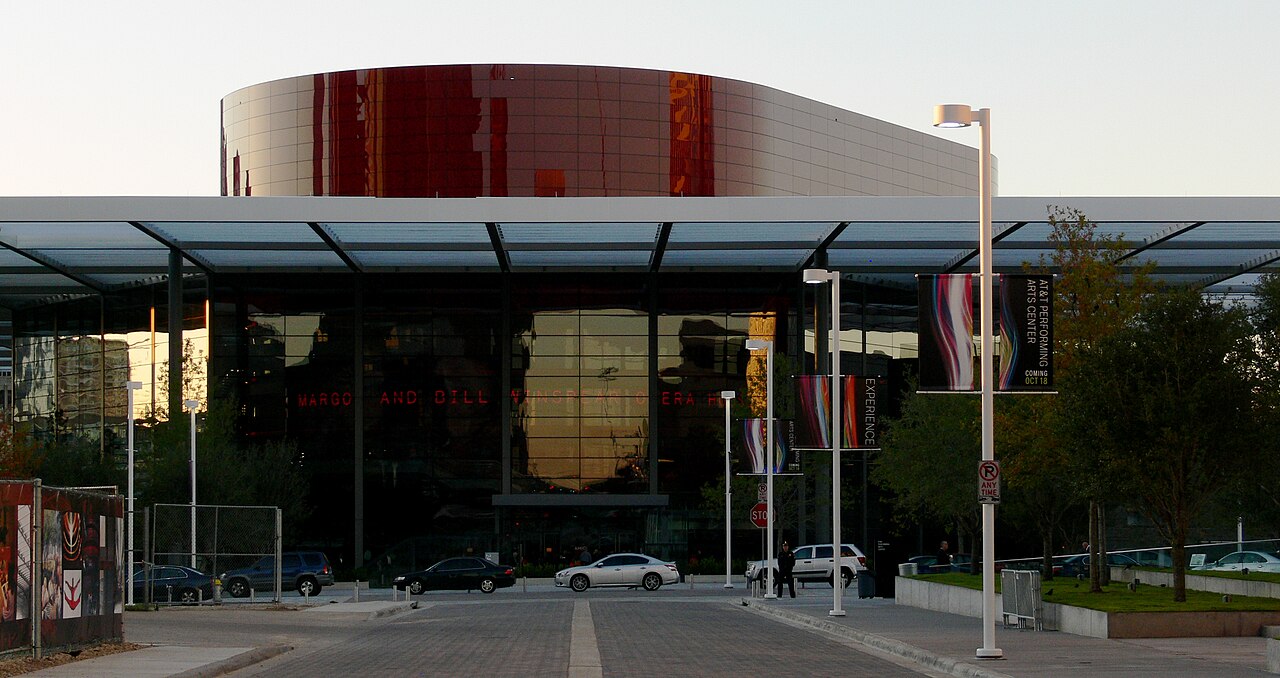
Dallas stacks sprawling lane counts with rolling construction on I-35E, I-635, and the High Five. Five lanes compress to three with minimal notice, and short on ramps demand highway speed merges under flyovers. Barrels migrate daily, signs lag reality, and thunderstorms bury sightlines during rush pulses. Freight movements around distribution hubs add heavy entries at awkward angles. Truckers who fare well plan conservative legs, hold space like currency, and treat every merge as a deliberate move, not a bet.
Atlanta, Georgia

Atlanta’s Downtown Connector and I-285 perimeter funnel volume through tight merges that punish hesitation. Brake light waves arrive without an obvious cause, then clear just as quickly. Left exits hide under bridges, ramp meters stop short, and summer squalls hammer visibility around Midtown towers. Tractor trailers need room that vanishes when on ramps run out early. Veterans time entries, leave honest gaps, and resist the invitation to match bursts of speed that only tighten the field.
Jacksonville, Florida

Jacksonville’s I-95 and I-295 split coastal flows across long bridges and windy corridors. Afternoon storms drop sheets of water that hide ruts and hydroplane traps. Tourist peaks add rental caravans and last second lane swaps near river crossings. Port surges deliver container convoys into a network already moving fast. Night work zones shrink shoulders and shift patterns overnight. Smooth passages come from rain pacing, wide trailers spacing, and early choices at beltway forks where options disappear quick.
Chicago, Illinois
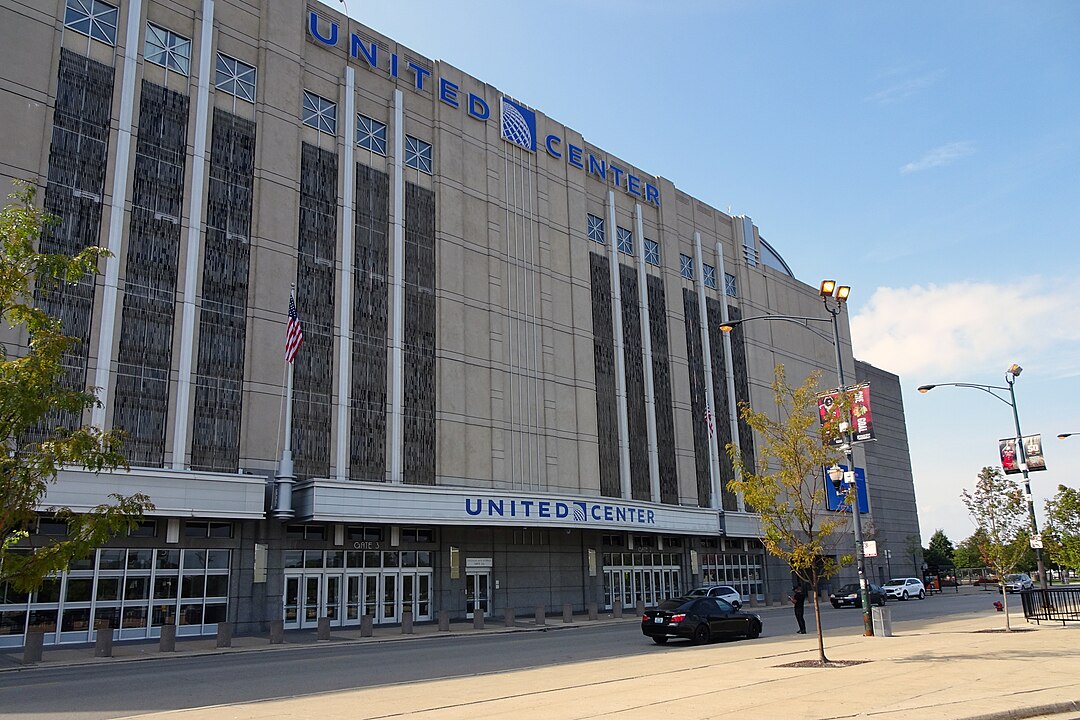
Chicago’s Jane Byrne weave and the lakefront approach test timing and restraint. Exits fork inside exits, lanes narrow under viaducts, and a wrong pick can cost ten minutes and three loops. Winter buries stripes and stretches stopping distance, while summer projects squeeze shoulders that already felt thin. Ballpark nights and lake events add surprise surges. Truckers read skyline cues, count signs early, and guard the out route when a stalled car can turn progress into chess in seconds.
Los Angeles, California
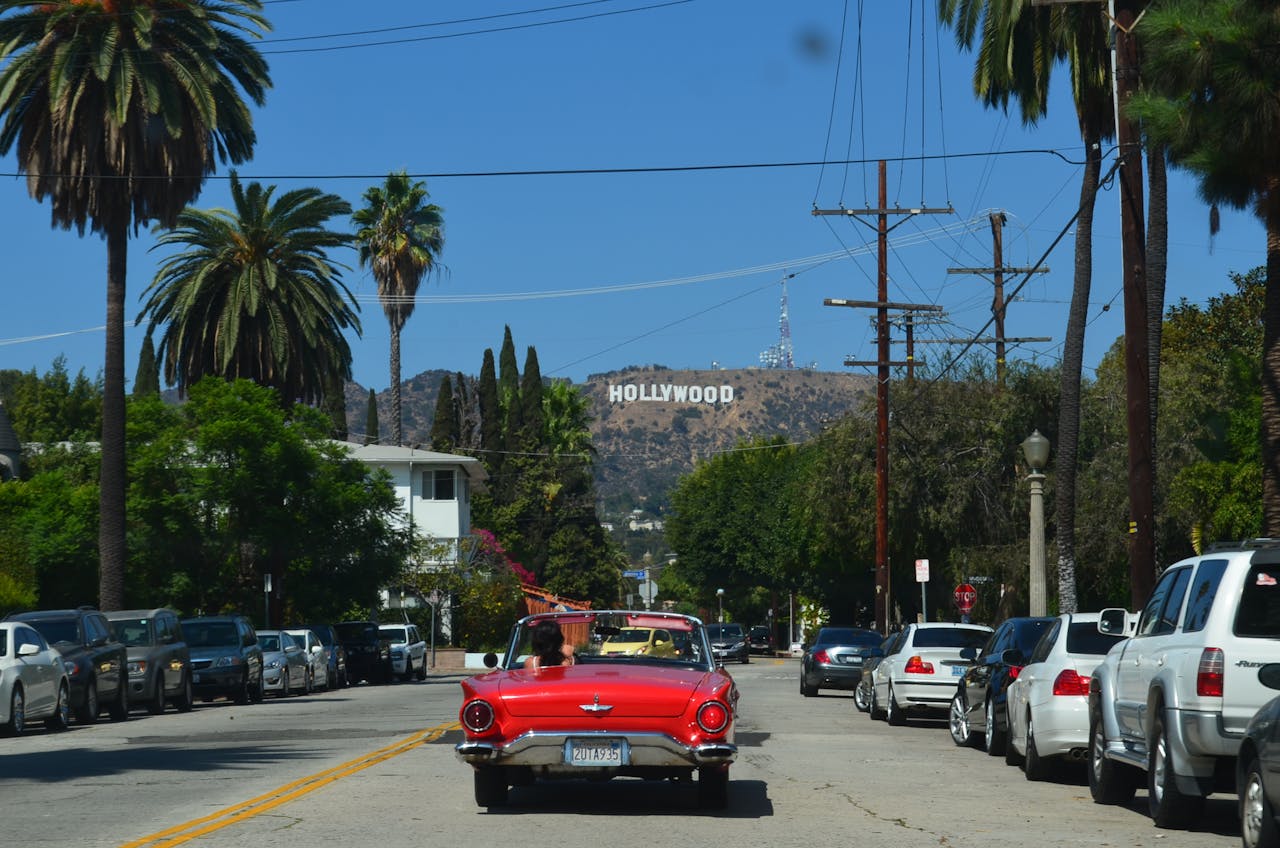
Los Angeles pushes sheer volume through chokepoints where I-5, I-10, and I-405 trade burdens at odd angles. Short ramps force hard merges, sun glare hides brake lights, and long grades punish overconfident pacing. Port traffic releases waves of containers into lanes already near capacity. Overnight resurfacing moves faster than app updates, so patterns shift midweek. Good runs come from disciplined spacing, measured climbs, and patience with a network that rarely rewards aggressive threading.
